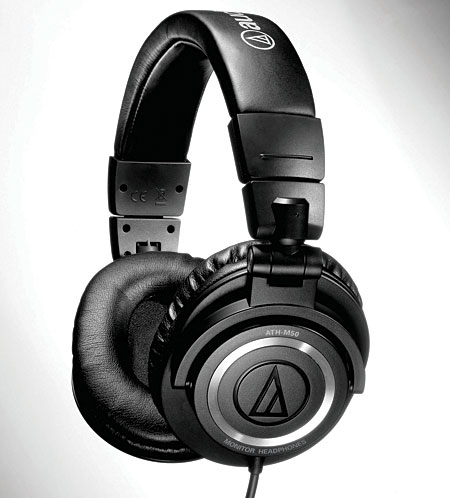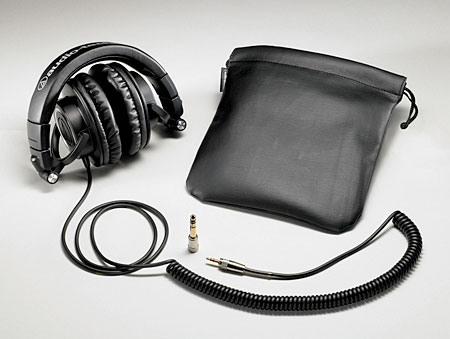| Columns Retired Columns & Blogs |
The Fifth Element #58 Page 3
The DU-50 has front-panel pushbuttons to disable its video functions and to change from the standard digital filter to Luxman's proprietary FE or Fluency DAC, a minimum-phase algorithm that eliminates pre-ringing. After quite a bit of listening, I decided that the Fluency did something I liked but couldn't really define. So JA has agreed to give the DU-50 a listen and a measure. One point is that the Fluency DAC is not optimal for SACD playback; when playing SACDs, you must manually deselect it.
As I said, I think the L505u is a screaming bargain. The situation with the more expensive DU-50 is perhaps not as clear-cut. I think it's fairly priced. The real questions are these: How much of the functionality you're paying for will you end up using? How future-proof is it? If all you're going to do with a DU-50 is play "Red Book" CDs, I think the $1500 or so of its $4990 list price that I'd roughly allocate to its ability to play DVD-Video, DVD-Audio, and SACD discs would be wasted—as nice as the Fluency DAC is.
However, when I played a great SACD such as Gretchaninov's Passion Week, using the DU-50's balanced outputs into the L505u's balanced inputs, it really sounded more like a million bucks than nearly $5000. But the lurking serpent wants to ask whether the tattered remnants of the classical-music recording business will move in the direction of putting hi-rez music on Blu-ray discs.
I hope not. We've confused poor music-loving consumers enough. As I've said before, the optimal hi-rez music-delivery format that should have been but was blocked by the major labels is 24-bit/96kHz stereo PCM on plain old DVD-Video discs. Stereo audio DVD-Vs at 24/96 would have played just fine on the millions of vanilla DVD-V players already in peoples' homes. Instead, what we have today is a "return of the repressed" fully worthy of Sigmund Freud's leather couch: 24/96 stereo PCM as downloads (or, in a few cases, delivered on physical media) becoming the de facto hi-rez standard, with even SACD stalwarts such as Hyperion and Harmonia Mundi selling hi-rez PCM versions of their SACD releases through HDtracks.com.
The small amount of 24/96 material on DVD-V or DVD-A I had handy sounded magnificent through the Luxman DU-50. I played the same recordings for Bob Saglio, first on "Red Book" CD and then on 24/96 DVD. His comment: "To quote Bud Fried, it's like taking the cotton out of your ears." So let's not mess it up this time.
Tough, Affordable Cans
"Professional" headphones are so called not because they sound any better than "consumer" headphones, but usually because they have the combination of attributes and features working professionals want. (I say "usually" because there are some posers.) First of all, pro headphones have to be rugged and durable because they're likely to be sat on, stepped on, or dropped. Second, to minimize sound leakage both ways—though primarily from the headphones to open microphones—they also are almost always closed- rather than open-backed designs. Pro headphones almost always have only one lead, going to the left earcup, because a Y-cord would make it difficult to turn around the right earcup so you can hear what else is going on while listening to yourself in your left ear. (I know, that's not very compatible with worries about leakage.) Also, the cord is usually straight rather than coiled, to prevent slingshot episodes and tangling.

For a long time, the industry standard for rugged, affordable studio headphones has been Sony's MDR-7506 (street price: ca $100). Not really inspirational sound, but, as with the cuisine at McDonald's, you know in advance what you're going to get. I'd been idly looking for a new pair of headphones for use in location recording, and my eye was caught by a full-page ad in Pro Sound News in which the great and the good of the industry sang the praises of Audio-Technica's new ATH-M50s studio headphones. I requested the loan of a pair.
As one might assume, the ATH-M50ses are rugged, closed-back, and have one straight cord to the left earcup. They also fold up: the articulated earcup yokes allow the earcups to be levered up into the padded headband. The ATH-M50ses come with a black faux-leather drawstring bag, and are very fairly priced at $199 (with street prices of around $159).
Even before the ATH-M50ses arrived, I had qualified the glowing endorsements from the high-flying producers and engineers with this mental rewrite: "These are the very best headphones ever that we can leave lying around the studio and not throw a fit if they end up missing because some hanger-on attending a session likes them so much he puts them under his coat and walks off with them." So qualified, the endorsements make perfect sense. Because if they literally mean what they say, all I can say is that they need to get out more, or at least hear some headphones that cost more than $140. I can make recommendations.
Indeed, when I was chatting recently at a pro audio event with legendary mastering engineer Bob Ludwig, he asked me about headphones. I told him that while he certainly should hear the Sennheiser HD-800s (which Wes Phillips reviewed in July 2009), he also should hear the Denon 7000s I wrote about in my December column. (Veteran classical engineer Jerry Bruck is trying out the Denon 7000s on a location recording as I write this.) The Sennheisers' list price is $1399, the Denons' $999. Not $199, either of them—but you'd be royally PO'd if either the Sennheisers or the Denons showed up missing after an attended session.

All that said, I cheerfully bought the pair of Audio-Technica ATH-M50ses they sent me, because they're not only rugged (and also fit my head better than did Sam Tellig's favorites, the ATH-AD700s), they are actually, by any reckoning, very listenable. To the extent that there are errors, they are more errors of omission than commission. These 'phones are basically accurate enough, nonfatiguing, and with a tilt toward warmth, a very solid if somewhat emphasized bass, and a midrange neutrality not always found in the lower links of the headphone food chain. Indeed, after I'd matched levels carefully using Grace Designs' m902 as both headphone amp and DAC/line stage feeding the Luxman L505u, which was powering Harbeth Compact 7 ES3 speakers, the ATH-M50ses had a strong resemblance to the Harbeths' "classic BBC monitor" sound, with the exception that the Harbeths were more extended in the treble. Whereas comparing the open-backed Audio-Technicas Sam bought to the closed ones I bought is like the difference between a fine Sauvignon Blanc and an excellent meatball sandwich. So to speak.
Were I to win the lottery, I'd track down a new-old-stock pair of Ultrasone's Edition 9s that I wrote about in June 2007. Until that fine day, Audio-Technica's ATH-M50s will suit me just fine. Check them out.
- Log in or register to post comments




































